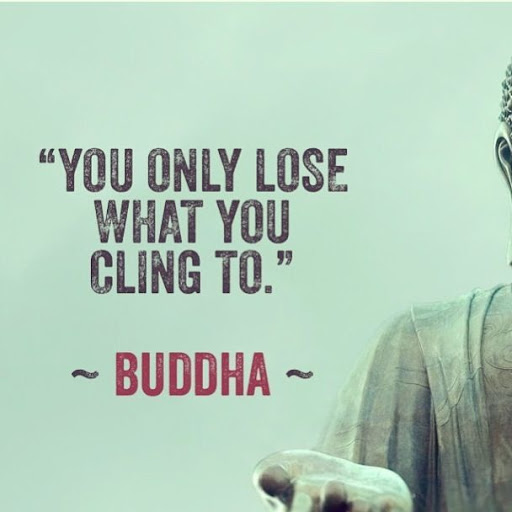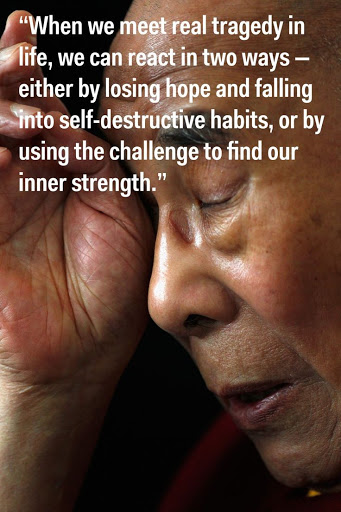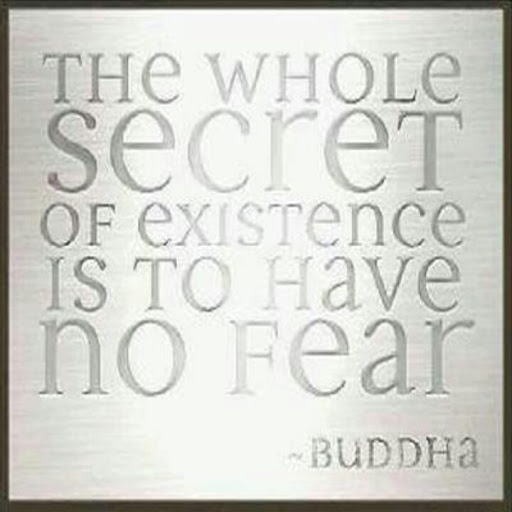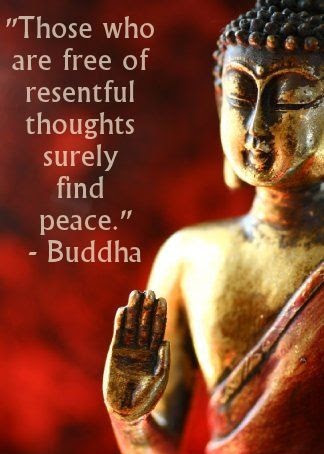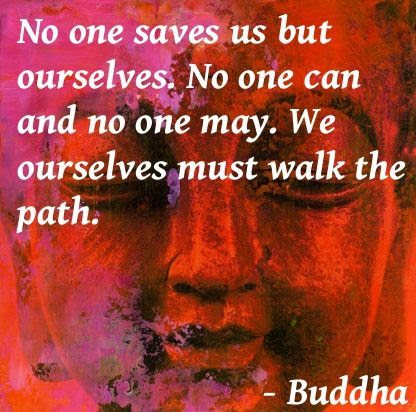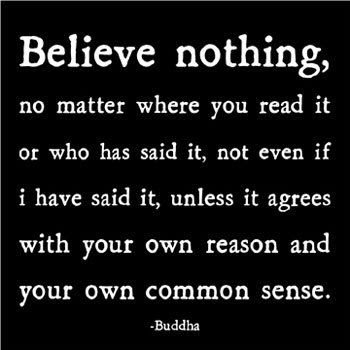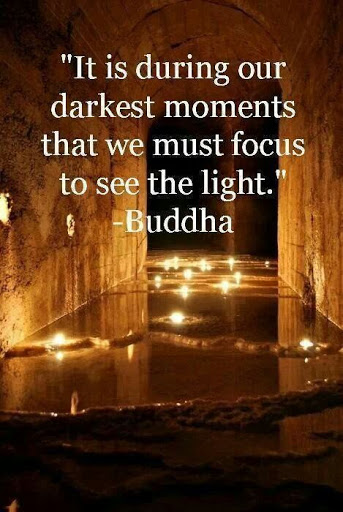Definition: Nontheistic religion based on the teachings of Buddha
Synonym: Religion of Buddha, Way of Buddha
Founder: Siddhartha Gautama, later known as Gautama Buddha or the Buddha
Origin: 6th – 4th century BC
Origin: India
Types: Theravada, Mahayana
Concepts: Nirvana, karma, samsara, dharma
Beliefs: The Four Noble Truths, Middle Way, Three Marks of Existence
Location: Asia
History: Buddhist councils
1. Deities: There Is No God in Buddhism
2. Goal: The Ultimate Goal of Buddhism Is Reaching Nirvana
3. Practice: The Path to Achieving Nirvana Is Following the Middle Way
4. Statistics: 360 Million People Follow the Teachings of Buddha
5. Types: Buddhism Is Not a Unified Religion
6. Objects: The Bodhi Tree Is the Main Sacred Object of Buddhism
7. Places: There Are 4 Main Pilgrimage Sites and 8 Great Places in Buddhism
8. Movies: The Life of the Buddha Has Been Depicted in Dozens of Movies
9. Texts: There Is No Single Holy Book of Buddhism
10. Belief: Siddhartha Gautama Is Not the Only Buddha
The Earliest Buddhist Monasteries Date Back to the 3rd Century BC
The Four Noble Truths Lead to Nirvana
Karma Is Not Just a Buddhist Concept
The Concept of Trinity Is Also Present in Buddhism
Buddha’s Teachings Were First Written 450 Years after His Death
It Is Not Known Exactly When Siddhartha Gautama Was Born
Buddha Is a Title Meaning “Awakened One”
The Famous Philosopher Nietzsche Was a Strict Critic of Buddhism
The Ten Precepts Are Rules Used in Buddhist Schools
Buddhism Is Popular among Many Top Celebrities
There Is No God in Buddhism
Buddhism facts reveal that Buddhism is defined as a nontheistic
religion, but the relationship of Buddhist teachings and god(s) is a
complicated one. Buddha himself rejected the existence of a creator
deity, but the notion of divinity is not incompatible with his
teachings. In fact, there are gods found in Buddhist teachings, but
these are considered to be inferior to Buddha and not necessarily wiser
than us.
In conclusion, the concept of god(s) exists in Buddhism, but is not
central to the religion, in contrast to Christianity, for example. While
most experts agree that this makes Buddhism a nontheistic religion,
there are also some who believe that naming Buddhism nontheistic is
overly simplistic…
The Ultimate Goal of Buddhism Is Reaching Nirvana
According to the Buddhist teachings, we are all prisoners of samsara,
the continuing cycle of death, re-birth and suffering. The highest goal
is to end this suffering by extinguishing three fires (passion,
ignorance and aversion) and thus attaining Nirvana. There are
differences among different schools of Buddhism in understanding
Nirvana, but all hold up the concept as one worth following.
The Path to Achieving Nirvana Is Following the Middle Way
In the first teaching following his awakening, the Buddha revealed
the Noble Eightfold Path (the Middle Way) as the way to achieve Nirvana.
The Middle Way is a path of moderation, avoiding the extremes of
sensual indulgence and self-mortification, consisting of eight factors:
right view, right intention, right speech, right action, right
livelihood, right effort, right mindfulness and right concentration.
360 Million People Follow the Teachings of Buddha
Buddhism facts show that Buddhists account for about 6% of the
world’s population, making this the 4th biggest (in terms of followers)
religion in the world, following Christianity with 2 billion followers,
Islam with 1.3 billion followers and Hinduism with 0.9 billion
followers. It is also interesting to note that if the group of
nonreligious people (including agnostics) is added to the statistics,
Buddhism falls to 5th place.
Buddhism Is Not a Unified Religion
There are two traditional schools of Buddhism: Theravada (“The School
of the Elders”) and Mahayana (“The Great Vehicle”). They each interpret
certain aspects of Buddha’s teachings in their own way. While these two
branches of Buddhism are widely known, many people don’t know that
there is a third branch: Vajrayana (also known as Tantric Buddhism or
the Diamond Way). This is sometimes considered a part of Mahayana,
although it’s very different in various concepts.
Theravada is nowadays most popular in Sri Lanka and Southeast Asia,
and is considered to be the largest branch, followed by approximately
56% of all Buddhists. Mahayana is most popular in East Asia, including
China and Japan, and is followed by roughly 38% of all Buddhists.
Vajrayana is practiced in Mongolia and Tibet and represents about 6% of
followers of the Buddha’s Way.
The Bodhi Tree Is the Main Sacred Object of Buddhism
The Bodhi Tree was a large sacred fig tree in India where Siddhartha
Gautama, on whose teachings Buddhism is founded, is believed to have
achieved enlightenment regarding the true nature of things (“Bodhi”).
Although the original Bodhi Tree doesn’t exist anymore, there are three
other holy Bodhi Trees that are believed to be propagated from the
original tree: Bodhi Tree at the Mahabodhi Temple in Bodh Gaya, India,
the Anandabodhi tree in Sravasti, India, and the Jaya Sri Maha Bodhi in
Anuradhapura, Sri Lanka. Sacred fig trees are usually planted in the
vicinity of all Buddhist monasteries.
There Are 4 Main Pilgrimage Sites and 8 Great Places in Buddhism
The main pilgrimage sites are places where Gautama Buddha resided
during the most important periods of his life: Lumbini, Nepal (his
birthplace), Bodh Gaya, India (the place of his enlightenment), Sarnath,
India (the place of his first teaching) and Kusinara (the place of his
death).
These 4 pilgrimage sites are also the first 4 of the 8 Great Places,
joined by the ancient cities of Sravasti, Rajgir, Sankassa and Vaishali,
where special historical miraculous events are reported to have taken
place.
The Life of the Buddha Has Been Depicted in Dozens of Movies
Buddhism facts reveal that Gautama Buddha has inspired many
filmmakers over the last century, starting with Dadasaheb Phalke’s Lord
Buddha (originally “Buddhadev”) in 1923. The most famous of them, at
least to the Western audiences, is Bernardo Bertolucci’s Little Buddha
from 1993, featuring Bridget Fonda, Keanu Reeves and Chris Isaak.
There Is No Single Holy Book of Buddhism
Most religions are known for their central holy text, such as the
Bible for Christianity and Judaism, and the Quran for Islam, but
Buddhism has no such single writing. Instead, Buddhists consider the
buddhavacana (“the Word of the Buddha”), works believed to be original
Buddha’s teachings, as holy. Pali Canon, Kangyur, Taishō Tripiṭaka,
Mahayana Sutras, the Tibetan Book of the Dead and others thus all serve
as sacred texts of Buddhism for the various schools of Buddhism
practiced around the world.
Siddhartha Gautama Is Not the Only Buddha
Although Buddhism is based on his teachings, Buddhists believe there
were other Buddhas before him. Theravada Buddhism teaches of 28 Buddhas
(the last being Gautama Buddha, another 27 coming before him), while
Mahayana Buddhism also recognizes various other Buddhas of celestial
origin. However, they both believe that the next Buddha will be the one
named Maitreya (Metteyya).
The Earliest Buddhist Monasteries Date Back to the 3rd Century BC
These were not monasteries as we know them today, but sacred caves,
found in the Deccan Plateau area of India. But, by the 2nd century AD,
Buddhist monasteries, known as “Viharas” in India, already had a
standard structure, consisting of a walled quadrangular court that was
surrounded by small cells.
The Four Noble Truths Lead to Nirvana
The Truths are: all life is marked with suffering (the Truth of
Dukkha), suffering is caused by desire and attachment (the Truth of the
Origin of Dukkha), suffering can be eliminated (the Truth of the
Cessation of Dukkha), and following the Noble Eightfold path eliminates
suffering (the Truth of the Path of Liberation from Dukkha).
And yes, the term “Dukkha” means the all-present suffering that is the main “antagonist” in Buddhist teachings.
Karma Is Not Just a Buddhist Concept
Although it is one of central concepts in Buddhism, Karma is not
exclusive to the teachings of Buddha. It is also one of the key concepts
in Hinduism, Taoism, Jainism and Sikhism. And what does it mean? It
means action, work or deed, but in relation to religious teachings, it
means the spiritual principle of cause and effect, in which intents and
actions of an individual influence that individual’s future. In plain
terms: the more good one does, the better his life will be, and the more
evil one does, the worse his life will be.
The Concept of Trinity Is Also Present in Buddhism
Practically all Westerners know the Christian concept of the Trinity:
the Father, the Son and the Holy Ghost, but a similar concept is also
present in Buddhism – a religion that is often understood as being
nontheistic. The Buddhist trinity refers to the Three Jewels: the
Buddha, the Dharma (Buddha’s teachings) and the Sangha (the community of
Buddhists). Buddhism facts also reveal that people have been known to
notice some similarities between the two…
Buddha’s Teachings Were First Written 450 Years after His Death
In the first 400 years after Gautama Buddha’s life, they were
preserved only orally. They were first written down during the Fourth
Buddhist Council in Sri Lanka in 29 BC, and are nowadays known as the
Pali Canon or the Tipitaka.
It Is Not Known Exactly When Siddhartha Gautama Was Born
Buddhism facts show that the father of Buddhism was born either in
536 BC or in 480 BC. Similarly to his teachings, the details of his life
were also passed orally from generation to generation for the first few
centuries, and that is why there are no completely reliable sources
regarding the date of his birth. What is known for certain is that he
was born in Nepal.
Buddha Is a Title Meaning “Awakened One”
This also explains the fact that Buddhists believe there were many
Buddhas prior to Siddhartha Gautama. The term can be applied to anyone
who has awakened and realized the true nature of things, but according
to Buddhist teachings there have not been that many, since Gautama was
the last Buddha among us…
The Famous Philosopher Nietzsche Was a Strict Critic of Buddhism
According to Buddhism facts, Friedrich Nietzsche, the famous German
philosopher from the 19th century, has referred to Buddhism more than a
hundred times in his works. His main criticism was that Nirvana, the
ultimate goal of traditional Buddhist philosophy, is actually a form of
nihilism.
The Ten Precepts Are Rules Used in Buddhist Schools
According to Buddhism facts, they are based on the Five Precepts of
Buddhism, which constitute the basic ethics of the belief system, and
are designed to avert the monks from: killing living creatures,
stealing, unchastity, incorrect speech, taking intoxicants, eating at
inappropriate times, indulging in any forms of popular entertainment
(singing, dancing, etc.), wearing decorative accessories (perfume,
cosmetics, fashion accessories etc.), sitting on high chairs, sleeping
on soft beds, and accepting money.
Buddhism Is Popular among Many Top Celebrities
One of the most interesting Buddhism facts reveals that the religion
is nowadays considered very fashionable in Western societies, and many
top celebrities are known to follow (or try to follow) its teachings.
Kate Bosworth, Steven Seagal, Richard Gere, Tina Turner, Orlando Bloom,
Tiger Woods, Steve Jobs, Naomi Watts, Jack Kerouac and Sharon Stone are
just a few names on the very long list of American celebs who follow (or
have followed) the path to Nirvana…
Buddhism Facts— Facts about Buddhism Summary
 Buddhism
Buddhism
is a 2,500-year-old religion and philosophy that originated in India,
but has spread through most of Asia and – to a lesser degree – to other
parts of the world. The fourth biggest religion in the world (by number
of followers), Buddhism is split into different schools, of which
Theravada and Mahayana are the most popular and wide-spread. The center
of Buddhism are the teachings of Siddhartha Gautama, which see Nirvana
as the ultimate goal of existence. Nirvana is the stillness of mind,
devoid of cravings and delusions, which ends the suffering otherwise
present in all we do in life.
 Online Tipiṭaka Law Research & Practice University
in
112 CLASSICAL LANGUAGES
Online Tipiṭaka Law Research & Practice University
in
112 CLASSICAL LANGUAGES ![“Cunda, that one who is himself sinking in the mud should pull out another who is sinking in the mud is impossible; that one who is not himself sinking in the mud should pull out another who is sinking in the mud is possible. The one who is himself untamed, undisciplined, [with defilements] unextinguished, should tame another, discipline him, and help extinguish [his defilements] is impossible; that one who is himself tamed, disciplined, [with defilements] extinguished, should tame another, dis](https://i.pinimg.com/564x/32/8a/b9/328ab9ea12eb419bb55cc5d815379761.jpg)

